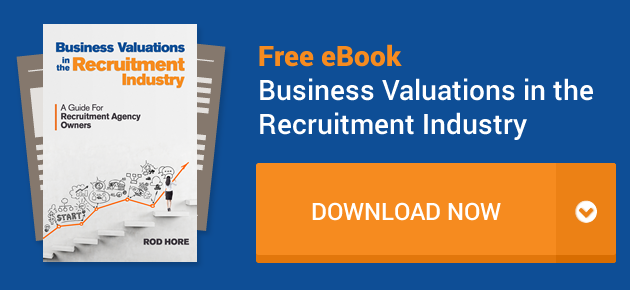What is Normalised Profit?

When discussing Business Value of small to medium businesses the term Normalised Profit is often used.
Normalised Profit can be defined as the adjusted revenue and expenses to reflect the business as if another owner is running it. Why do we need to do this? There are many reasons.
The primary motivation behind adjusting the accounts is to eliminate activities that are irrelevant to the business or to rectify activities that aren't valued at market rates. The most common adjustment is to shareholder salaries, required when shareholders compensate themselves either beyond or below standard market salaries, depending on personal preferences and advice from external accountants.
Another area of discussion is related to revenue or expenses that are not related to the core operation of the business. This could be additional personal expenses, family employee expenses, or expenses related to activities outside the core recruitment business such as funding a new business start-up.
Occasionally, businesses may encounter legitimate one-time expenses. It's important, though, not to overly depend on such instances to artificially inflate Normalised Profit, as numerous projects that seem like one-off events are, in fact, integral to the regular functioning of the business.
On occasions, privately-owned businesses might maintain inadequate financial records. Incorrect entries, such as dividends or loans, could appear in the Profit and Loss statement (P&L). Additionally, revenue and expenses might be presented in a confusing or disorganized manner, complicating the assessment of metrics like revenue, gross profit, and overall profit. In such cases, efforts will be undertaken to rectify the classification of revenue and expenses, aiming to determine a historical profit that is normalized and reflective of accurate financial operations.
We are not advocating that legitimate personal and business activities are not undertaken. Our advice to smaller business owners is to run a clean and structured profit and loss statement in a manner that allows clear identification of non-business expenses.
We do recommend that you seek advice on how an external review of the P&L will be undertaken. Participating in structured external benchmarking, such as Nigel Harse’s Staffing Industry Metrics offers, would be very beneficial (if not critical), especially if you are relying on an external accountant with limited experience in the recruitment industry.
Business owners should adopt a pragmatic perspective when presenting adjustments to the P&L statement, to a potential acquiring party. While making valid adjustments is acceptable, an overly assertive approach could be perceived as both unrealistic and avaricious. Such an approach can hinder the establishment of trust essential for effective negotiations with a potential acquirer. A balanced and transparent approach to P&L adjustments not only reflects the true financial picture of the business but also showcases the owner's sincerity in the negotiation process.
HHMC Global operates within the staffing and recruitment industry on equity transactions, market valuations and business growth advisory. Contact us to discuss further.


 By
By



